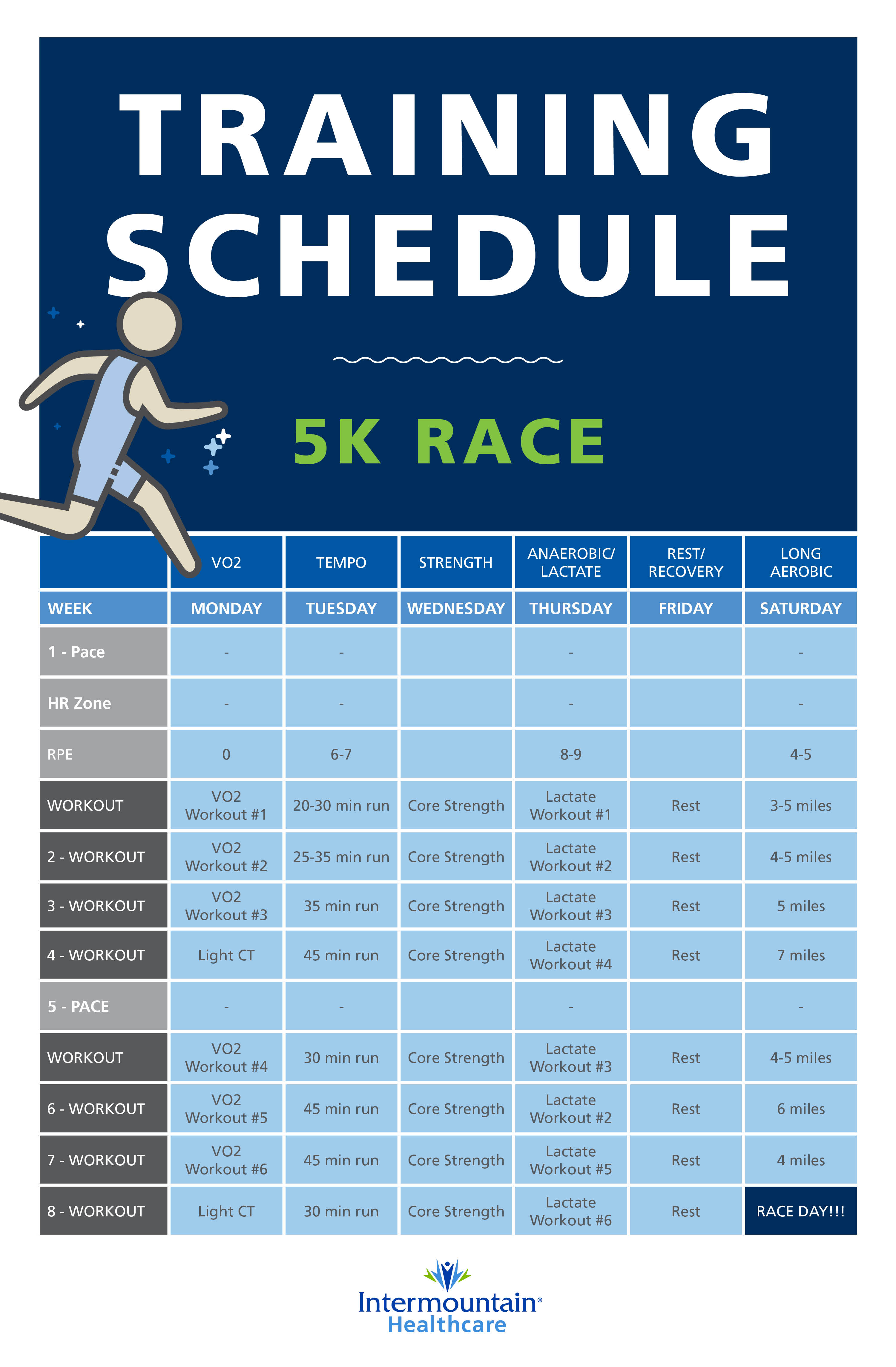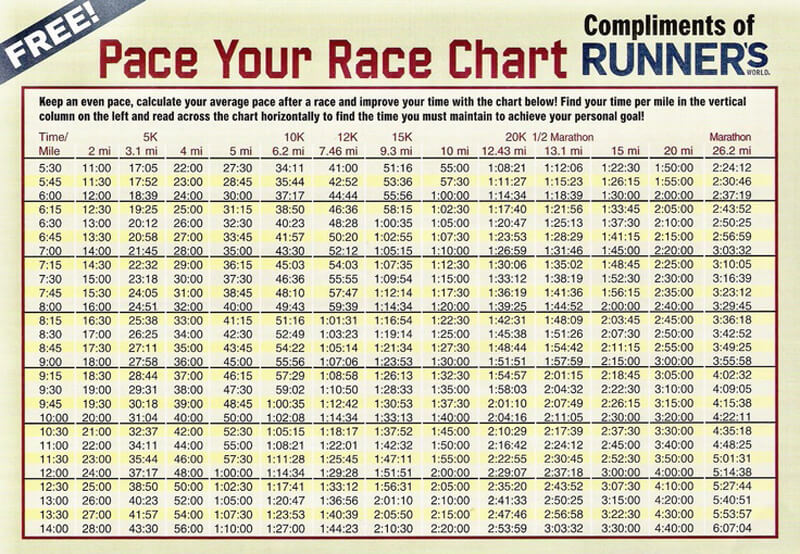Understanding the Ideal Time for a 5K Run
Deciding on the perfect time to run a 5K can significantly impact your overall experience and success. Factors such as personal fitness level, goals, and lifestyle play crucial roles in determining the most suitable time for a 5K run. By aligning your running schedule with your needs and abilities, you can enhance your performance, increase motivation, and reduce the risk of injury.
Assessing Your Personal Fitness Level
Before determining what is a good time to run a 5K, it’s essential to evaluate your current fitness level. Assessing your running pace, endurance, and strength will help you establish a solid foundation for your training schedule. Various tools and methods are available to measure progress, ensuring that your running plan is both challenging and achievable.
To evaluate your running pace, consider using a GPS watch or a running app to track your speed during training sessions. Aim to complete a series of short runs at different intensities, noting the time it takes to cover a specific distance. This information will help you establish a baseline for your running pace and identify areas for improvement.
Endurance is another critical aspect of your fitness level. Schedule regular long runs to build up your stamina, gradually increasing the distance over time. Keep track of your progress and celebrate milestones, such as completing your first 5K distance, to maintain motivation and momentum.
Lastly, assess your strength by incorporating resistance training and core exercises into your routine. Building overall body strength will help improve your running form, reduce the risk of injury, and enhance your performance during 5K runs.
Setting Realistic Goals for Your 5K Run
Setting realistic goals is crucial when determining what is a good time to run a 5K. Achievable goals can provide motivation, increase satisfaction, and contribute to overall well-being. Utilize goal-setting strategies, such as SMART (Specific, Measurable, Achievable, Relevant, Time-bound) goals, to ensure that your objectives are clear, actionable, and aligned with your fitness level and lifestyle.
Begin by defining your primary objective for running a 5K. This could be personal satisfaction, competition, or health benefits. Once you have established your main goal, break it down into smaller, measurable milestones. For example, if your ultimate goal is to complete a 5K in under 30 minutes, set intermediate targets, such as running a mile in under 10 minutes or completing a 5K at a specific pace.
When setting goals, consider factors such as your current fitness level, available time for training, and any potential obstacles. Be honest with yourself about your abilities and limitations, and avoid setting overly ambitious goals that may lead to frustration or burnout. Instead, focus on steady progress and celebrate each accomplishment along the way.
Balancing Running with Lifestyle and Other Commitments
Balancing running with work, family, and social obligations is essential for long-term commitment and success. By creating a running schedule that fits seamlessly into your lifestyle, you can maintain a healthy routine without sacrificing other aspects of your life. Here are some suggestions for incorporating running into your daily routine:
- Schedule runs during less busy times of the day. If mornings are less hectic, consider becoming an early riser and running before work or school.
- Break up your runs into shorter sessions. Instead of running for 30 minutes at a time, split your workout into three 10-minute sessions throughout the day.
- Incorporate running into your daily activities. Walk or bike to work, take the stairs instead of the elevator, or go for a run during your lunch break.
- Make running a family activity. Involve your spouse, children, or friends in your running routine, turning it into a social event and spending quality time together.
- Create a support system. Share your running goals with friends and family, and ask for their encouragement and understanding as you commit to your training schedule.
Considering Weather and Environmental Factors
Weather and environmental conditions can significantly impact running performance and comfort. Adapting your running schedule to different seasons and climates is essential for maintaining a consistent routine. Here are some tips for dealing with various weather conditions:
- Hot weather: Schedule your runs early in the morning or late in the evening to avoid the hottest parts of the day. Wear light, breathable clothing and stay hydrated by carrying water or planning routes with water fountains. Consider running on shaded trails or tracks to reduce heat exposure.
- Cold weather: Dress in layers to adjust to temperature changes, and wear moisture-wicking clothing to stay dry. Protect your extremities with gloves, hats, and warm socks. Be mindful of icy or slippery surfaces, and adjust your pace accordingly.
- Rain: Invest in waterproof clothing and footwear to stay dry and comfortable. Choose routes with good drainage and avoid running near lightning storms.
- Air quality: Check local air quality indexes before heading out for a run. If the air quality is poor, consider running indoors on a treadmill or postponing your run until the air quality improves.
Exploring Group Runs and Community Events
Participating in group runs and community events can provide numerous benefits for runners, including increased motivation, accountability, and social interaction. Group runs can also help you stay committed to your running routine, as you’ll be less likely to skip a workout when you know others are counting on you. Here are some tips for finding local running groups and 5K races, as well as the advantages and disadvantages of running with others:
- Advantages: Running with a group can help you stay motivated, push your limits, and meet new people who share your interests. Group runs often provide a sense of camaraderie and support, making the running experience more enjoyable and rewarding.
- Disadvantages: Running with others may not be ideal for everyone, as some individuals prefer the solitude and personal reflection that comes with solo runs. Additionally, group runs may not always accommodate your preferred pace or schedule, so it’s essential to find a group that aligns with your needs and goals.
- Resources: To find local running groups and 5K races, consider checking online running communities, social media groups, or local sports stores. Many cities also host running events and races, which can be found through a simple online search.
Monitoring Progress and Adjusting Your Schedule
Monitoring progress and making adjustments to your running schedule is crucial for long-term success and improvement. Utilizing tools and methods for tracking performance can help you identify areas for improvement, celebrate achievements, and make informed decisions about future runs. Here are some suggestions for monitoring your progress and adjusting your running schedule:
- Running apps: Numerous running apps, such as Strava, Runkeeper, and Nike Run Club, offer features for tracking distance, pace, and elevation. These apps often include social components, allowing you to connect with friends, join challenges, and share your progress.
- GPS watches: GPS watches, like those from Garmin, Polar, and Suunto, provide real-time data on your running performance, including heart rate, distance, and speed. Many GPS watches also offer customizable training plans and analytics for tracking progress over time.
- Manual record-keeping: For a more hands-on approach, consider keeping a running log or journal. Record details such as distance, time, route, and weather conditions, and use this information to identify trends, set goals, and make adjustments to your running schedule.
- Interpreting data: When analyzing your running data, look for patterns and trends in your performance. Identify areas for improvement, such as increasing your pace or distance, and set SMART goals to address these challenges. Be sure to celebrate your achievements along the way, no matter how small they may seem.
- Adjusting your schedule: Based on your progress and goals, make necessary adjustments to your running schedule. This may include increasing the frequency, duration, or intensity of your runs, or incorporating strength training and cross-training activities to improve overall fitness.
Maintaining a Healthy Running Routine for the Long Term
Establishing a consistent running routine and maintaining it over the long term is essential for reaping the numerous health benefits associated with running. By being patient, persistent, and flexible, you can create a sustainable running practice that supports your overall well-being. Here are some tips for maintaining a healthy running routine in the long term:
- Patience: Understand that progress takes time and that setbacks are a natural part of any training plan. Be patient with yourself and avoid becoming discouraged if you don’t see immediate results. Instead, focus on the process and celebrate small victories along the way.
- Persistence: Consistency is key when it comes to running. Make a commitment to your running routine and stick with it, even when it’s tempting to skip a workout. Remember that every run counts, and even short, easy runs can have a positive impact on your overall fitness and well-being.
- Flexibility: Life can be unpredictable, and it’s essential to be adaptable when it comes to your running routine. If you’re dealing with an injury, illness, or other life event that impacts your ability to run, be open to adjusting your schedule or trying alternative forms of exercise. The goal is to maintain an active lifestyle, even if it doesn’t always look the way you initially planned.
- Celebrating achievements: Regularly acknowledging your progress and accomplishments can help keep you motivated and engaged in your running routine. Set SMART goals, track your progress, and take time to celebrate your achievements, no matter how small they may seem.
- Rest and recovery: Incorporating rest and recovery into your running routine is crucial for long-term success and injury prevention. Schedule regular rest days, listen to your body, and allow yourself time to heal and rejuvenate between runs.








